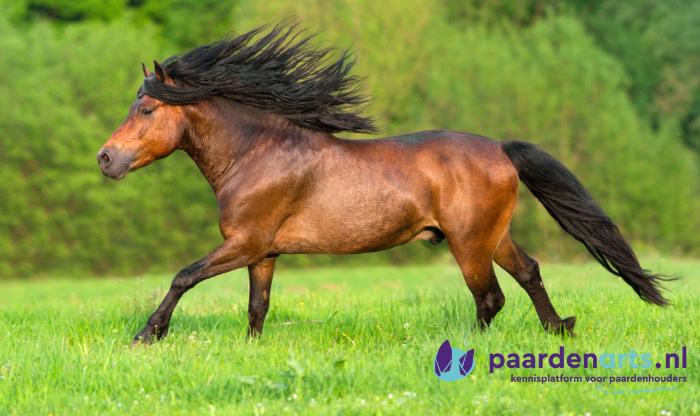Spring has been a splash this year! With the rains nurturing nature, our pastures are lush and green, bursting with grass. It’s a far cry from the dry spells of previous years. But here’s the catch: that explosion of grass can lead to some seriously plump ponies, even after just a few hours of grazing! We’re seeing more chubby horses this season, which means a higher risk of laminitis. So, let’s keep those hooves in check! Here are some tips to help you out.

Watch your horse’s waistline
Sometimes, it’s hard to notice when your horse is gaining a little extra weight, especially if you see it daily. Those subtle changes can sneak up on you. You might even get used to seeing your horse a bit rounder, and the girth might start feeling snug. That’s your cue to hit pause and take a closer look.
To keep your horse from becoming a hay bale on legs, regularly check its Body Condition Score (BCS) every 4-6 weeks. This will show you how much fat is under the skin and how muscular your horse is. This way, you can tell if your horse is packing on pounds or if it's just right.
Here’s a pro tip: get a fresh set of eyes on your horse every now and then. Sometimes, a different perspective can spot the sneaky weight gain you might miss! 🌿🐴
Offering grazing time
Horses adore grass, but it’s crucial to be cautious. They can graze a lot in a short amount of time, especially if they know their time in the pasture is limited.
Craft a grazing plan
Don’t extend the time your horse spends in the pasture when creating a grazing plan. The ideal grazing duration depends on various factors, such as the weather, grass growth, and your horse’s Body Condition Score (BCS).
Start by offering limited grazing hours and consider using a grazing muzzle to help control intake. Move horses to different pastures before they graze everything down to the roots. Feed your horse hay before turning them out, and avoid putting them on very young (low fibre, high protein, and high sugar) grass. Wait until the grass has grown longer and is higher in fibre before letting them graze.
Prevent problems!
Weight gain can lead to significant problems, so stay vigilant. Obesity can cause laminitis, a condition linked to insulin dysregulation (inefficient insulin management). Once a horse has had laminitis, there’s always a risk of it recurring.
A healthy gut flora is essential for your horse. Excessive young and fresh grass can disrupt this balance, potentially leading to fermentation disorders, laminitis, colic, or diarrhoea.
Be extra cautious with horses prone to these issues. Consult your veterinarian to determine what type of grazing best suits your specific situation and your horse.
Want to learn more about safe grazing for your horse?
This is a summary of the article ‘Warning for Horses: Excess Grass After a Wet Spring’ on Paardenarts.nl. For more details, check out the Grazing section on Paardenarts.nl.